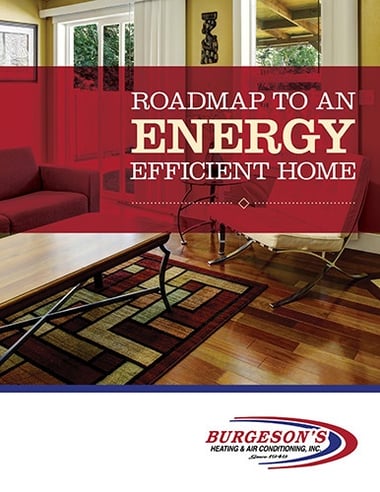For homeowners that are thinking of converting their garage into a comfortable living space, air conditioning should be at top of mind. An efficient cooling option not only keeps the converted space at a consistent and comfortable temperature, but also prevents refrigerators, freezers, and other appliances from overheating on sweltering summer days.
Preparation to Install Cooling Equipment
Before running out to install an air conditioning unit for a garage conversion, the converted space must be insulated properly. Without adequate insulation any air conditioning unit that is installed will not work at maximum efficiency. Insulation keeps the conditioned air within a confined space instead of letting it escape through gaps or openings in the building like garage doors or windows. Furthermore, energy bills will rise if the system works harder to cool a room.
Expand Existing Ductwork
For homes that are directly attached to a garage, expanding on the existing ductwork could be the best cooling option. The idea is to connect the home's ductwork to a wall in the converted garage. Though this may be an appropriate option for some, it does require the services of a trained and certified HVAC technician. The technician will ensure that all new ductwork is installed and connected properly.
Window Air Conditioner
Sometimes, it is simply not feasible to connect one part of an existing ductwork to an added living space. If a converted garage is small enough, however, a window air conditioning unit could meet all of its cooling needs. Though this may be the most affordable and convenient option, it comes with plenty of downsides. To begin, homeowners need a window opening to mount the air conditioner. If there is not one present, a hole must be made which could be expensive and time-consuming. On top of that, it is not the most energy-efficient of the cooling options.
Mini-Split System
Also known as a ductless unit, a mini-split system does not require a direct duct connection to a home's ductwork. With a condenser installed right outside the garage and the indoor unit mounted in the garage on the wall, homeowners get maximum space efficiency. While the price may seem higher than expected, the initial cost is quickly offset by tax credits for an energy-efficient install. Moreover, installing a mini-split system does not require an additional ductwork extension and mini-split systems are usually rated very high for efficiency.
For more information on how to cool your garage conversion and what type of unit to purchase, call us at (909) 792-2222. We are happy to determine your specific needs and advise you on a system that will keep your garage cool and your energy bills low.












